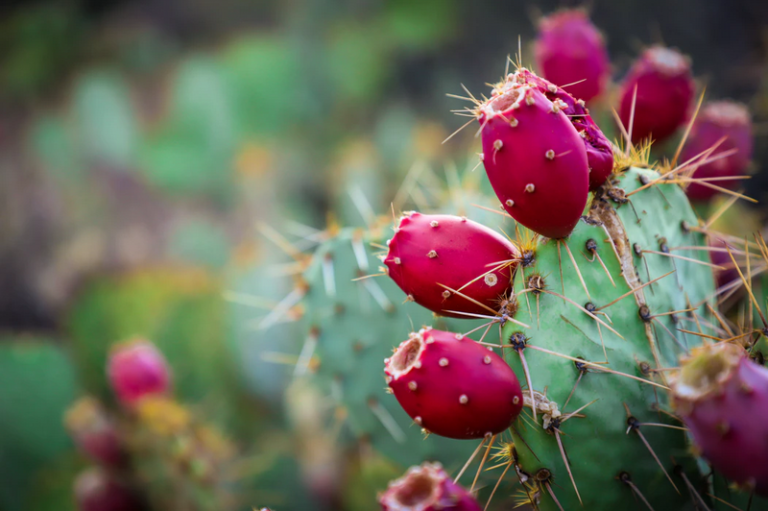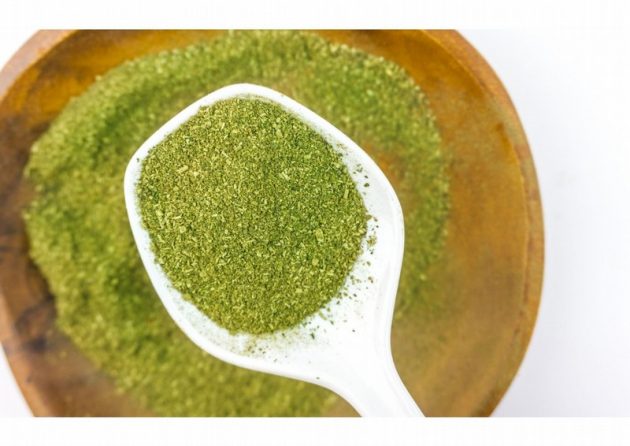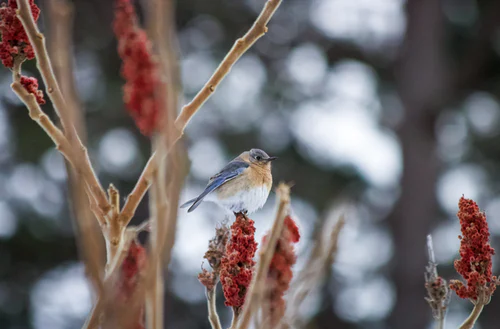
6 Most Popular Natural Herbs Used in Latin America
08 July, 2021Native Americans are known for their understanding of medicinal plants. It is said that they began employing plants and herbs for healing after witnessing animals consume specific plants when they were unwell. To keep these plants from being overharvested, the medicine men used to pluck every third plant they came across.
Native Americans held a spiritual perspective on life, believing that to be healthy, one must have a sense of purpose and walk a virtuous, harmonious, and balanced path. They felt that certain illnesses were life lessons that the individual needed to learn and that they should not meddle. Many contemporary medications and cures are based on Native American knowledge of various plants.

1. Kratom
Mitragyna speciosa Korth. (Rubiaceae) is a psychoactive plant native to Southeast Asia, particularly Thailand and Malaysia, where it is known as ‘kratom’ and ‘Biak-Biak.’ Kratom is prohibited to grow and buy in the source nations, but it is allowed to buy and sell in numerous western countries, where it appears to be widely utilised and one of the most often sold legal highs in 2011. Kratom has traditionally been used as an analgesic and a fever-reducing substance. You can read more about the opms gold kratom extract review to learn more about the benefits of kratom in everyday life.
Due to the opioid agonist action of the main alkaloids in kratom, it has potential medicinal application as an alternative for chronic pain and opioid withdrawal self-therapy. It is frequently used by labourers in Thailand and Malaysia as a replacement for opium to enhance stamina and endurance during strenuous labour. Fresh and dried leaves, powder, and a resinous extract, which is the principal form of NPS in the UK, are all available.
2. Yarrow
This fragrant, blooming herb has been used to control excessive bleeding since Ancient Greece. The Greek warrior Achilles is supposed to have used it to treat his wounds, thus the name. To help coagulate the blood, pioneers and aboriginal people applied this as a poultice prepared from the leaves to open wounds and cuts. They also mixed fresh yarrow juice with water to aid with stomach discomfort and intestinal problems. The leaves and stems of the plant can be used to make an astringent tea.
The flowering plant Achillea millefolium, also known as yarrow or common yarrow, belongs to the Asteraceae family. It is endemic to the Northern Hemisphere’s temperate areas, including Asia, Europe, and North America. It is a widespread weed of both wet and dry regions, such as roadsides, meadows, fields, and coastal areas in New Zealand and Australia, where it has been introduced as a livestock feed.
It is known as plumajillo in New Mexico and southern Colorado because of its leaf form and texture. Herba militaris was the name given to yarrow in antiquity because of its efficacy in stopping the flow of blood from wounds.

3. Sumac
Although this plant may be used for a variety of therapeutic purposes, it is one of the few herbs that healers utilize to cure eye issues. Sumac decoctions were used as a gargle to soothe sore throats and as a diarrhoea cure. The leaves and berries were used to make a fever-reducing tea or a poultice to treat poison ivy.
Sumacs are dioecious shrubs and small trees in the Anacardiaceous family that can grow to be 1–10 metres tall (3.3–32.8 feet). Pinnately complex leaves are the most common, however some species have trifoliate or simple leaves. Each flower is extremely tiny, greenish, creamy white or red, with five petals, and grows in dense panicles or spikes 5–30 cm (2.0–11.8 in) long. At maturity, the fruits are scarlet, thin-fleshed drupes with variable amounts of hairs that form dense clusters at branch tips, known as sumac bobs.
Sumacs reproduce through seed (which is distributed by birds and other animals by their droppings) as well as new shoots from rhizomes, resulting in huge clonal colonies.
4. CBD
Due to years of violence originating from drug trafficking in the region, Latin America has a checkered past with cannabis. While several Latin American countries are now making efforts to develop legal markets for cannabis and CBD, the majority of the region’s domestic retail sales prospects are still limited. CBD products, on the other hand, are a welcome option for nations where marijuana has a negative reputation, and the importation of non-psychoactive oils avoids rivalry with or diversion to the criminal market. There are many moving parts in Latin America, from decriminalisation and home cultivation to medical programmes and CBD. To get the best CBD products at your fingertips, you can visit this page https://cbdfx.com/products/cbd-hemp-cream/ where you can get the high quality products at an affordable price.
5. Hummingbird blossom
This plant was utilised by the Native Americans to cure mouth and throat problems, as well as cysts, fibroid tumours, and inflammation. It may be used to heal burns, blisters, and wounds as a poultice. The roots of this plant can be used to make a diuretic that promotes kidney function.
This shrub was used as a replacement for black tea by the early settlers. Hummingbird blossom has been proven to be beneficial in treating high blood pressure and lymphatic obstructions in recent research.
6. Prickly pear cactus
Another plant that has been utilised as both a food and a medicinal is this one. Native Americans used mature pads to make a poultice as an antiseptic and to heal wounds, burns, and boils. Tea was created to aid the immune system and cure urinary tract infections. According to new research, the prickly pear cactus can help decrease cholesterol, avoid diabetes, and prevent diet-related cardiovascular disease.
Wrap up
Latin Americans are believed to be connected to their roots. They are the ones who have always made use of natural herbs when it comes to medicinal uses. These are the best 6 natural herbs that one can easily get in Latin America. Pre-Columbian societies, particularly the Aztec and Incan nations, employed a range of herbal and natural treatments. Many different plants were used to directly treat patients, while others were utilised to enhance shaman medicine, which was especially prevalent in Inca society. While there is no scientific support for shamanism as a legitimate treatment alternative in modern society, most herbal medicines included active chemical components that might be used or are being used today to address comparable symptoms, and in some cases, are also being utilised in new circumstances.
Follow Sounds and Colours: Facebook / Twitter / Instagram / Mixcloud / Soundcloud / Bandcamp
Subscribe to the Sounds and Colours Newsletter for regular updates, news and competitions bringing the best of Latin American culture direct to your Inbox.

